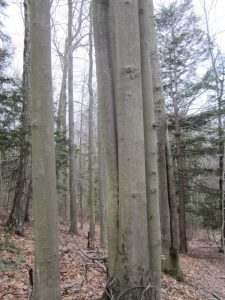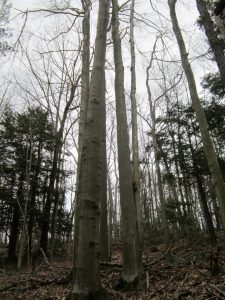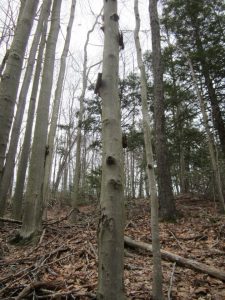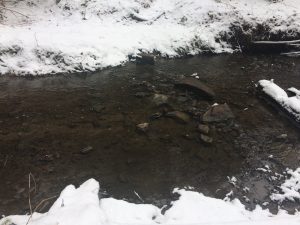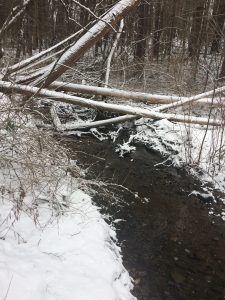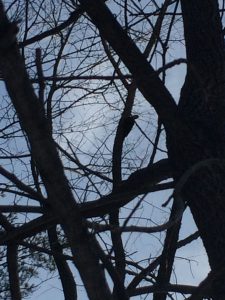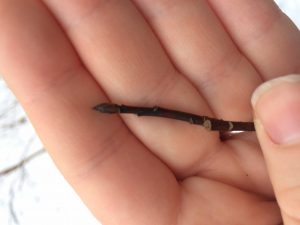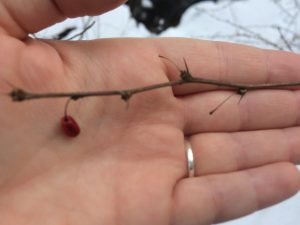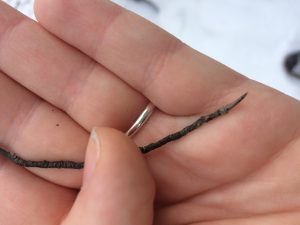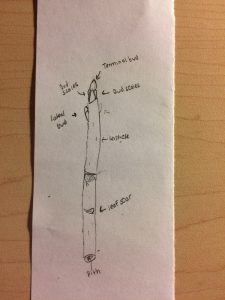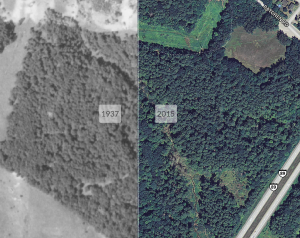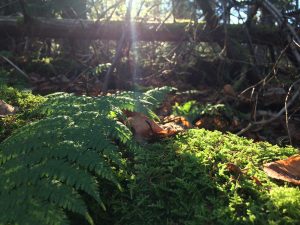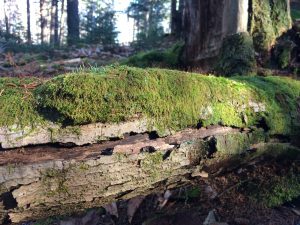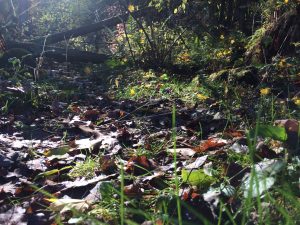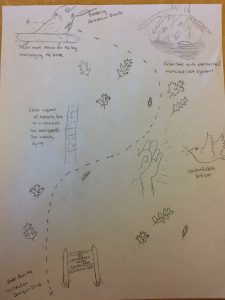Let me first start off by thanking my phonology spot in Centennial Woods, as it has taught me not only about myself and the natural world, but also about how those two interact. After spending the past school year observing and reflecting on this place, I have found it easier to connect to other natural places in my life as well.
I have also learned that nature and culture intertwine all over the landscape, not matter where you are. At my phenology spot, this relationship between nature and culture is clear. A few months ago, using Biofinder and other tools, I found that Centennial Woods used to be cleared for farmland. You can see evidence of this in the type and age of the trees, and the forest succession that followed after the farm.
Even now that the area is forested again, humans still continue to leave their mark on the land. My phenology spot was right night to Centennial Brook, and although I did not do any formal testing, I know that runoff and pollution from UVM and the highway effect this brook.
Over the past few months I have come to feel one with my place. But I have been thinking a lot recently, and all semester long I have been saying “MY place” and “MY phenology spot”. This thinking that humans are above nature and thus have the ability to conquer it, is what is getting our society in trouble right now as we continue degrade our environment. This is why I have come to feel more a part of this place rather than take ownership or power over it. I feel welcomed and one with nature when I visit, and I hope to continue visiting throughout the rest of my time here at UVM.


